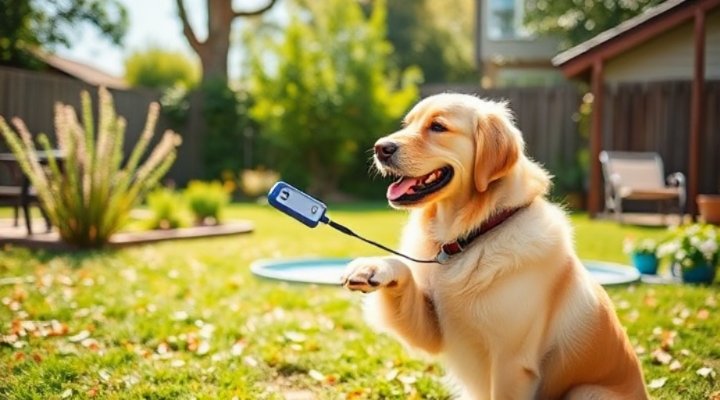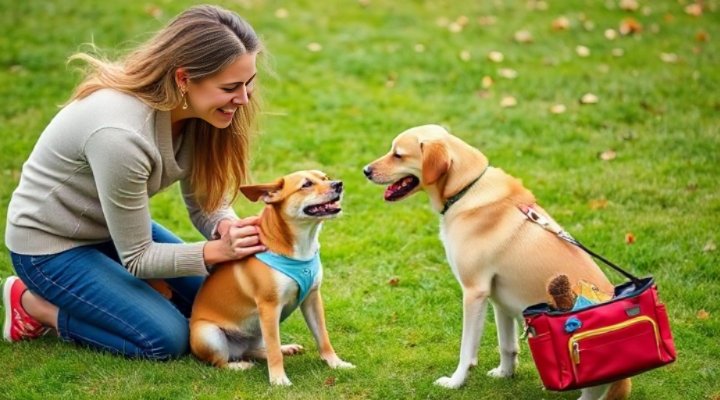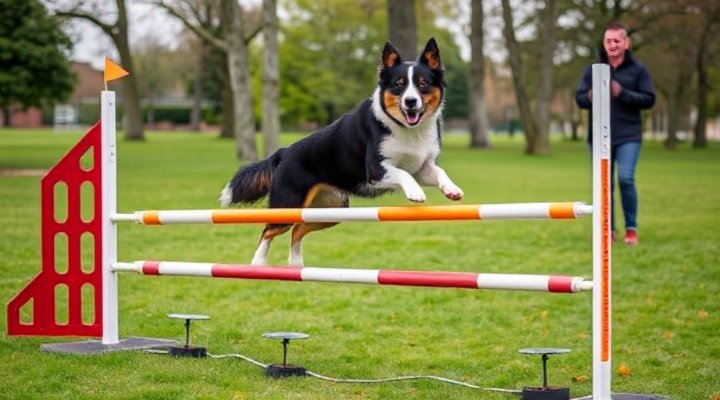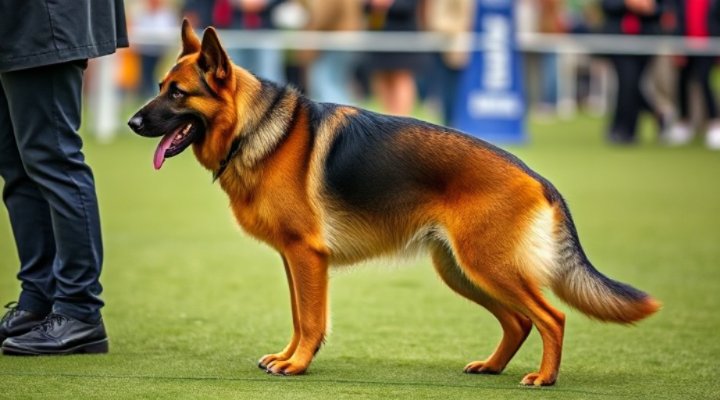Dog training methods are as varied as dog breeds themselves, each with unique approaches to shaping canine behavior. Whether you’re teaching basic commands or advanced tricks, understanding these methods can make training more effective and enjoyable for both you and your pet.
Understanding Different Dog Training Approaches
When it comes to dog training methods, there’s no one-size-fits-all solution. The approach you choose should match your dog’s personality, your training goals, and your personal philosophy. Let’s explore the most common techniques used by professional trainers and pet owners alike.

Positive Reinforcement: The Gold Standard
Positive reinforcement is currently the most recommended dog training method by veterinary behaviorists. This approach focuses on rewarding desired behaviors with treats, praise, or play, making learning a positive experience for your dog. According to the American Veterinary Society of Animal Behavior, positive reinforcement creates stronger bonds between dogs and their owners.
For example, when teaching your dog to sit, you would reward them immediately when their bottom touches the ground. Over time, they associate the action with positive outcomes. Our article on 10 Fun Tricks to Teach Your Dog provides great examples of positive reinforcement in action.

Traditional Training Methods
While positive reinforcement dominates modern dog training, traditional methods still have their place. These techniques often involve more direct communication and correction, such as leash corrections or verbal markers. However, it’s crucial to use these methods carefully to avoid creating fear or anxiety in your dog.
For dogs with specific behavioral challenges, like those discussed in our Deaf Dog Training Tips article, a combination of methods might be most effective.
From Basic to Advanced: Building Training Skills
Training should progress logically from simple commands to more complex behaviors. Here’s a typical progression path:
- Basic obedience (sit, stay, come)
- Leash manners (covered in our Leash Training Guide)
- House manners and impulse control
- Advanced commands and tricks
- Specialized skills (therapy work, agility, etc.)

Puppy Training Fundamentals
Starting early with proper dog training methods sets puppies up for success. Focus on socialization, bite inhibition, and basic commands. Remember that puppies have short attention spans, so keep sessions brief (5-10 minutes) and fun.
Our Potty Training Guide offers valuable tips that apply to puppies as well as adult dogs.

Specialized Training Techniques
For dogs with specific needs or owners with particular goals, specialized dog training methods may be necessary:
- Clicker training for precise timing
- Behavior modification for fear or aggression
- Target training for service dogs
- Remote collar training for hunting dogs
The American Kennel Club provides excellent resources for various specialized training approaches.

Common Training Challenges and Solutions
Every dog presents unique training challenges. Here are solutions to common issues:
| Challenge | Solution |
|---|---|
| Pulling on leash | Use front-clip harness and reward loose leash walking |
| Jumping on people | Teach ‘four on the floor’ and reward calm greetings |
| Excessive barking | Identify triggers and teach ‘quiet’ command |
For more specific challenges, our article on Stopping Leash Pulling provides detailed solutions.
Maintaining Training Success
Consistency is key in all dog training methods. Even after your dog masters a behavior, occasional practice sessions help maintain their skills. Incorporate training into daily routines – ask for a sit before meals or a stay before going through doors.
Remember that training is an ongoing process that strengthens your bond with your dog. As you progress, you might explore advanced activities like those in our German Shepherd Training Guide.
Related keywords: canine training techniques, best way to train a dog, effective dog training, puppy obedience training, professional dog training methods

